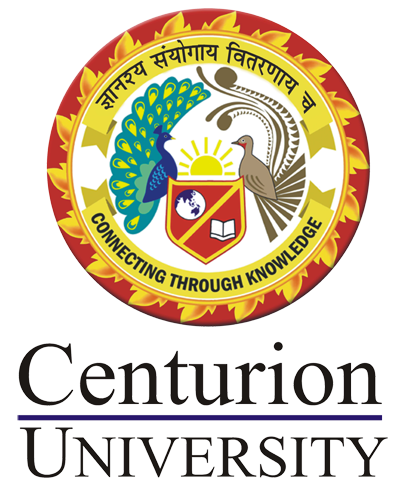Course Content
Module I: Introduction to the Internet and the World Wide Web (10 hrs) Theory
- Introductionto the Internet and Web
- WebPages: Hypertext Transfer Protocol (HTTP), File Transfer Protocol (FTP).
- DomainNames, URLs, Web Browsers, Web Servers, Web Hosting, HTML
Practice
1.1 Explore HTTP requests and responses using browser developer tools.
1.2 Demonstrate FTP operations to upload/download files.
1.3 Create a basic HTML webpage with heading and paragraph tags.
1.4 Set up a local web server and host a simple webpage.
1.5 Create a webpage that includes hyperlinks to different sections of the same document.
Module II: HTML Fundamentals and Web Design (15 hrs) Theory
- Introductionto HTML, URI, Structure of
- BasicTags: Heading, Paragraph, Links,
- Planningand designing websites, creating links between
- Tables,Frames, and Forms for structuring
Practice
1.1 Create a webpage with lists (ordered, unordered, and nested lists).
1.2 Develop a webpage using tables to display structured information.
1.3 Create a form using HTML to collect user data, including text fields, checkboxes, and buttons.
1.4 Build a webpage using frames to divide the page into different sections.
1.5 Design a webpage that includes images, text, and a clickable image as a hyperlink.
Module III: JavaScript and Cascading Style Sheets (CSS) (10 hrs) Theory
- Introductionto JavaScript: Control Statements, Functions, Arrays,
- CSSBasics: External, Internal, and Inline
- ClassSelector, div & span
- JavaScriptfor validation and interaction on web
Practice
1.1 Create a web form for student registration and validate inputs using JavaScript.
1.2 Use CSS to apply styles to a webpage, including fonts, colors, and layouts.
1.3 Write a JavaScript function to manipulate arrays and display results on a webpage.
1.4 Design a webpage with a digital clock using JavaScript.
1.5 Create a webpage that uses JavaScript to validate login form entries (username and password).
Module IV: Document Object Model (DOM) and Dynamic HTML (DHTML) (10 hrs) Theory
- HTMLDOM: Introduction, Manipulating DOM with
- XML:Introduction, Features, Structure of XML
- DynamicHTML (DHTML): Creating interactive forms with
Practice
4.1 Write a JavaScript program to dynamically update webpage content using DOM manipulation.
4.2 Create a simple XML document to represent product details and render it using an XML parser.
4.3 Design a form that dynamically changes based on user input using DHTML.
4.4 Develop a script to retrieve and display XML data in an HTML page.
4.5 Create a basic interactive game using JavaScript and DOM manipulation.
Module V: Advanced XML and XML DOM (10 hrs) Theory
- Advancedfeatures of XML: Schemas, Validation,
- XMLDOM: Structure and traversal of XML
- Integrationof XML with HTML and
Practice
5.1 Create an XML schema to validate an XML document containing student information.
5.2 Write a JavaScript program to parse and display an XML file on a webpage.
5.3 Build an application that exchanges data between a server and client using XML.
5.4 Design an XML-based webpage that incorporates XSLT for formatting.
5.5 Create an XML document that stores contact information and validate it using a DTD.
Module VI: CGI/Perl Scripting and Web Programming (10 hrs) Theory
- Introductionto CGI, Perl scripting for web
- Testingand debugging Perl
- Useof CGI for server-side form
Practice
6.1 Write a Perl CGI script to display form data submitted by a user.
6.2 Create a web-based calculator using HTML for input and Perl CGI for processing.
6.3 Develop a Perl script to store form data in a server-side file.
6.4 Test and debug a CGI Perl script that handles file uploads.
6.5 Create a dynamic web page using Perl and CGI for database-driven content.
Module VII: Final Projects and Real-World Applications (5 hrs) Theory
- Bestpractices for designing and developing web
- Introductionto project planning, debugging, and
- Real-worldapplications of web technologies in
Practice
7.1 Create a simple tribute webpage for a famous personality, applying all learned concepts.
7.2 Design a restaurant website with an interactive menu and reservation form.
7.3 Develop a personal portfolio website with responsive design using HTML, CSS, and JavaScript.
7.4 Build an online quiz application using JavaScript and validate answers in real-time.
7.5 Create a small e-commerce website showcasing product listings and contact forms.

